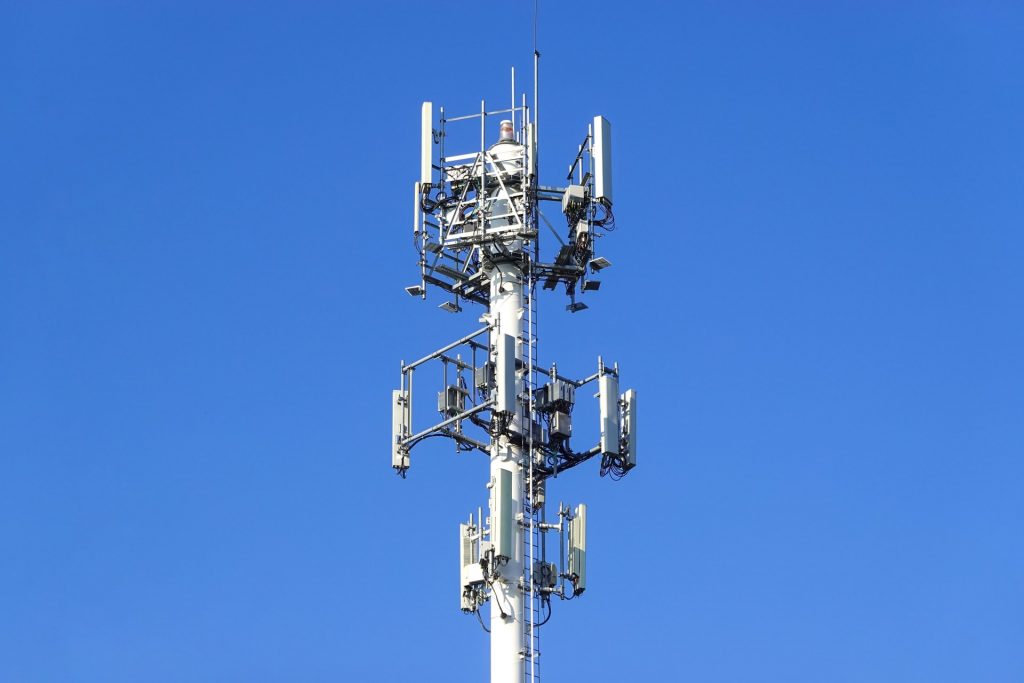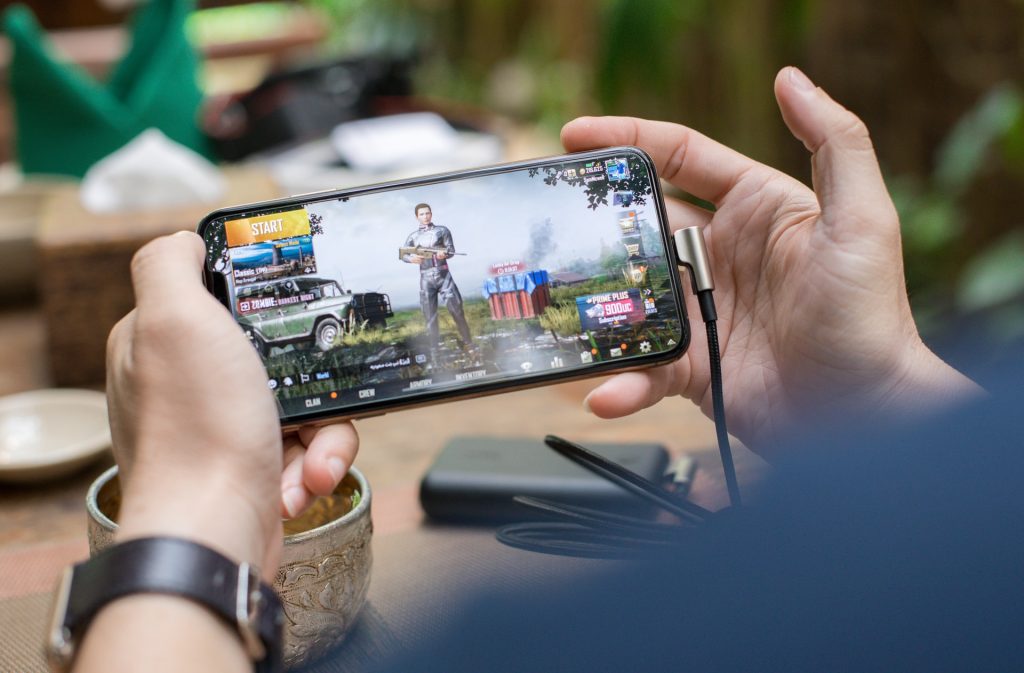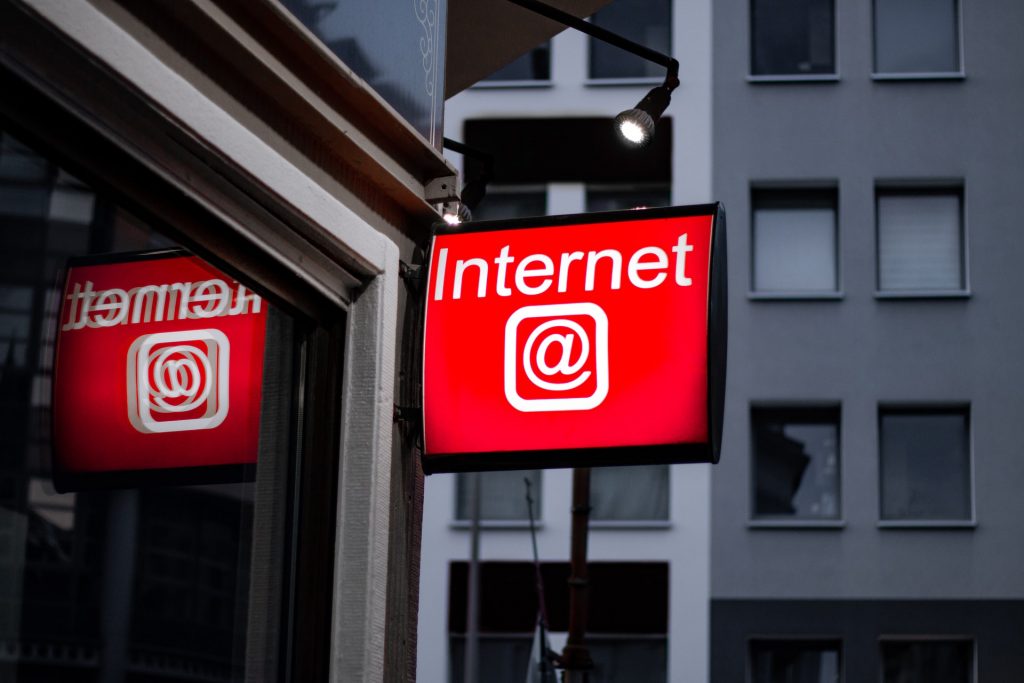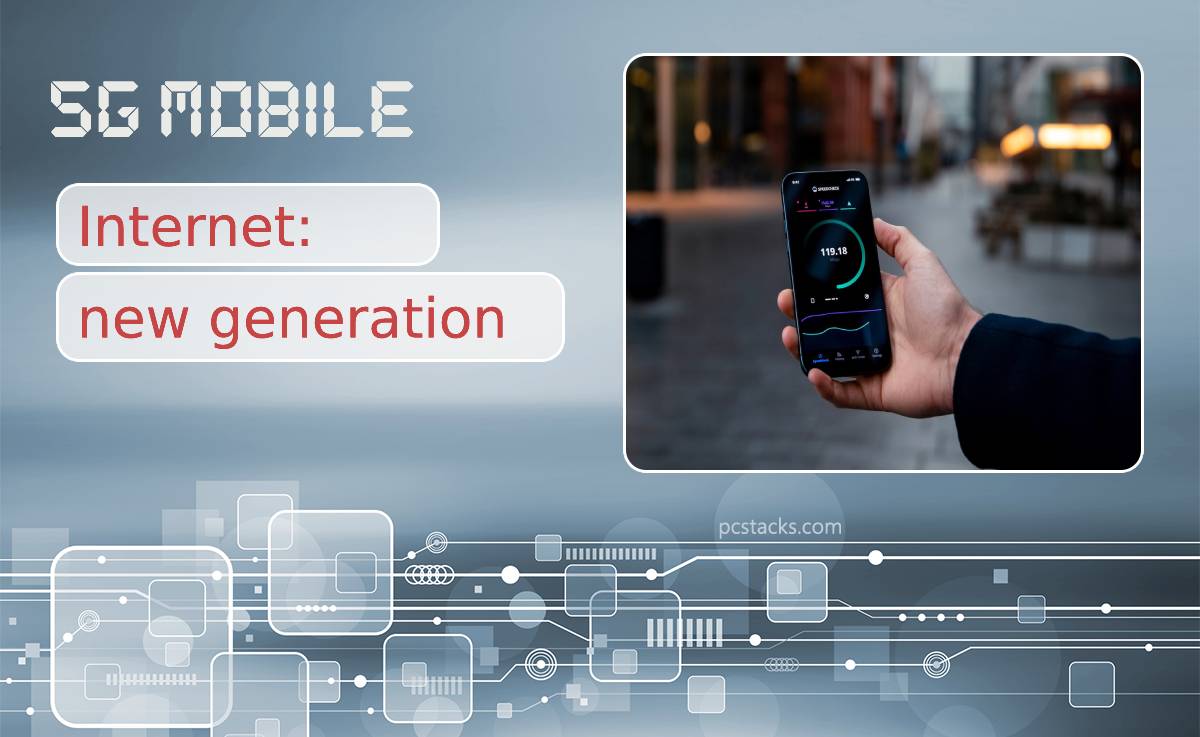With the continuous demand for high-speed internet connection, there’s no better news than knowing we have better options when it comes to wireless internet.
5G, the latest generation of wireless technology, has been the most sought cell phone service, from self-driving vehicles and smart meters that measure power use to health-monitoring devices could all make a significant leap into adulthood. So, let’s dig into this ultra-advanced mobile internet and see how it can benefit us.
Table of Contents
What Is 5G

5G is the fifth-generation mobile network, as the name states. It is the latest global wireless standard that follows the 4G network. With 5G, you’ll be able to create a new sort of network that connects almost everything, including machines, objects, and gadgets.
High speeds, low latency, greater dependability, huge capacity, better availability, and a more uniform user experience are all goals of this next-generation 5G wireless network. With improved performance and efficiency, the 5G network enables new user experiences and connects new industries.
Who Invented the 5G Network
There is no specific person or company that owns 5G, but the collaboration between different organizations in the industry has brought the 5G network to the market.
Now, many major telecommunications companies and cell phone service providers, like Spectrum, have already incorporated 5G in their services.
How Does 5G Mobile Internet Work

Designed to reach data speeds of up to 20Gbps, all that data will require a huge number of additional transmitters, and many will still link to the internet via fiber-optic cable, which is made of glass as thin as strands of hair and transmits pulses of light. There are now orders for telecommunication companies like OFS Optics, a fiber optics and cable company, to build millions more miles of new cable in order to make the 5G network work.
A payoff machine is used to remove the glass fibers from each cable. The machines at OFS stand at six ft high, 25 ft. long, and four ft. wide. When joining two cables, technicians might use color-coding to properly identify which fibers need splicing.
Stringent synthetic aramid yarn is then used to protect the fibers inside weather-resistant buffer tubes. The final phase in the manufacturing process is the application of a durable polyethylene sheath, which is black in color. Fiber-optic cables are capable of lengths of up to 30,000 feet, which equates to about five miles.
Is 5G Network Really Fast

According to the International Mobile Communications 2020 Requirements, 5G is designed to reach peak data speeds of up to 20Gbps or 20,000Mbps. But the 5G network goes beyond the incredible speeds it offers. By expanding into new frequencies such as mmWave, 5G is intended to expand network capacity significantly.
A more constant user experience, as well as lower latency, can be provided by 5G, which can keep data rates high even if network users are all over the place. A Gigabit LTE coverage base underpins the new 5G NR network, which can deliver Gigabit connectivity everywhere.
Where Is 5G Network Being Used Now

Currently, 5G is being used in three connected service types, namely massive Internet of Things (IoT), enhanced mobile broadband, and mission-critical communications.
- Massive IoT
Everything will be connected smoothly with 5G since it has a wide range of data speeds and power options that allow it to provide incredibly low-cost connectivity solutions for sensors integrated into nearly every object.
- Enhanced Mobile Broadband
New immersive experiences like virtual reality (VR) and augmented reality (AR) have become possible, thanks to 5G mobile technology, which allows us to enjoy faster, more consistent data rates and lower latency.
- Mission-critical Communications
With ultra-reliable, accessible, and low-latency networks like those for remote control of vital infrastructure, automobiles, and medical operations, 5G has opened many potentials to introduce new services that can revolutionize different industries.
Final Thoughts
5G is a massive game-changer that will benefit everyone, including different industries, from healthcare to automobiles. Many cell phone service providers, such as Spectrum, started offering 5G networks to different parts of the United States.
So, if you’re curious or simply want to try this incredible discovery, go check out and see if your area is covered by 5G, and let us know your thoughts about 5G mobile internet!




